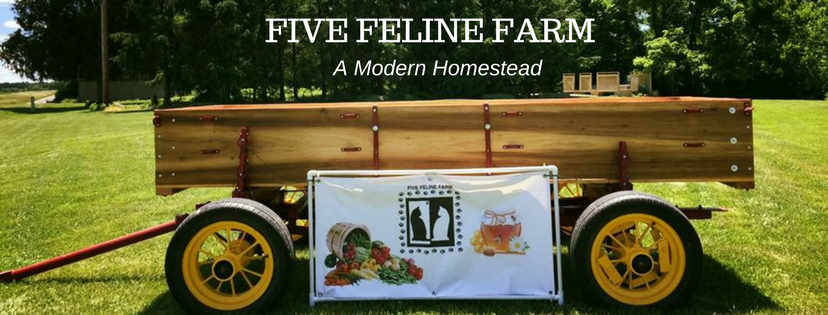
You can ask any beekeeper why they started keeping bees and each will have a story to tell. Below are our top five reasons for beginning an apiary in order of importance.
Honey
We are interested in eating local food as much as possible. Since there is nothing more local than your own backyard, keeping bees is a good way to ensure a good supply of local honey. Two hives produce more than enough honey for personal use plus extra to share or sell. The majority of the honey we use is liquid but we are starting to experiment with creamed honey and comb honey. More information about those products in a future blog post.
Fun
Honeybees are fascinating to watch. They are active from sunrise to sunset, coming and going from the hive. If you stand about 15 feet from the hive just slightly off to the side you can get a good view of the hive entrance. Standing directly in front of the hive entrance is ill-advised. This blocks the way and interrupts their flight pattern. Bees will buzz around our heads as warning when we are in the way. While watching the hives, it is fun to pick out an individual bee and follow her as she lifts off, flies a circular pattern above the hive then wings her way to gather nectar. At the same time, other bees are coming in for a landing to unload their nectar or pollen. Careful observation reveals orange, yellow or white pollen on the bee’s hind legs.
Inside the hive, each of the workers has a different task. As they move through their lifespan, worker bees take on different jobs. Some feed the young bees, some care for the queen, others clean out cells. The foragers collect nectar and pollen, then bees working inside the hive fan the nectar to reduce the water content until it becomes honey. An exciting moments recently was spotting the queen. The queen is elusive as she is busy laying eggs and there is only one queen in thousands of worker bees.
Pollination
Honeybees are critical plant pollinators. Some estimates place the honeybee as the primary pollinator for at least 60% of food crops. Almonds are one crop that is solely pollinated by honeybees. Bees will fly up to three miles to collect nectar and pollen but the more distance involved the less any one bee can collect. By keeping healthy colonies on the property, we can ensure our flowers and vegetables have good pollination. This encourages better production.
In mid-August, Echinacea, thyme, basil, oregano and cucumbers are in bloom at Five Feline Farm. Forager bees flit from flower to flower without a care for the human hand reaching in to pick something for the supper table.
Preservation
The honeybee population has been declining over recent years for a variety of reasons, some known, some unknown. Theories for this decline include increased use of pesticides and genetically modified seeds. Loss of habitat is another potential reason as land is converted to housing or large mono-crop farmland. Colony Collapse Disorder, the sudden death of an entire colony of bees without explanation is also being explored to identify cause. Although we can not determine the cause of honeybee decline, with responsible management, we can help increase the population of bees.
Income
There is an initial investment in keeping bees; however there is also income potential. The sale of strained liquid honey provides the majority of income from keeping bees. One colony of bees can produce 50 to 100 pounds of honey per year depending on nectar flow and the health of the colony. Fifty pounds of honey equals about 44 of those cute little bear containers.
Other products from the hive include honey comb, wax, propolis and pollen. Creamed honey, essentially a controlled crystallization process that makes the honey semi-solid and spreadable. These products may have a niche market that can be lucrative; however our intent is to focus on liquid honey and a bit of comb honey.







